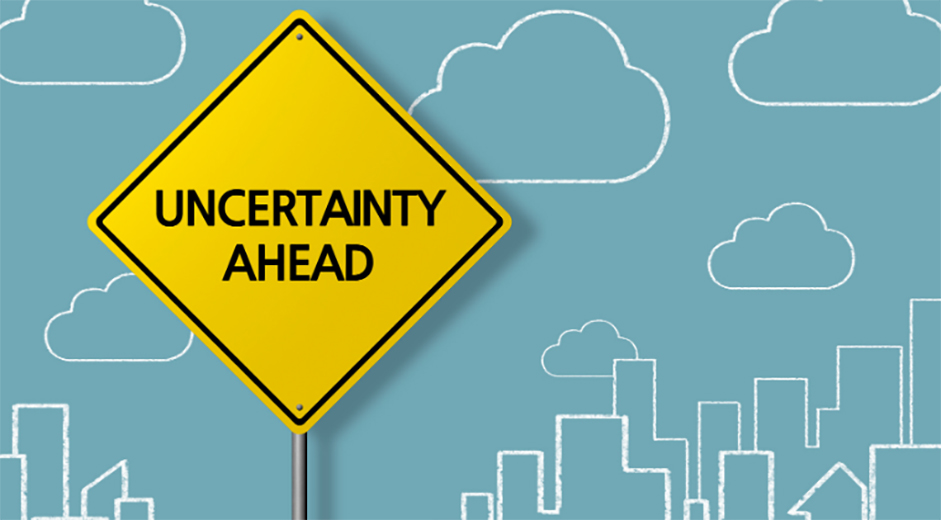
By Steve Lapekas
More often than not, owning a business feels like riding a rollercoaster – the highs are high, and the lows are low. One second, you’re at the peak of a climb, enamored with the view, and the next, you’re plummeting back down the other side, white-knuckling the restraints and questioning your decision to ever get on the ride in the first place. The ebbs and flows and the inevitable triumphs and challenges are simply your price of admission.
Right now, we find ourselves in a period of relative uncertainty – with increased tensions in various locations around the world, the rising cost of debt – and, subsequently, the cost of living – everyone is beginning to feel the squeeze.
Fortunately, some industries appear more insulated than others. While the current economics of raising interest rates are starting to hit consumers directly, travel continues to resist and is in a good place. Even with a slight cooling, now is not the time for complacency or intangible wishful thinking. Instead, it is a time to be proactive—more specifically, it’s a time for forward-thinking investment into technology.
LEGO: A lesson in using uncertainty as a catalyst for growth
The 2008 financial crisis is a not-so-distant memory for many of the major brands we still know and love today – but for LEGO, it was a chance for critical brand evolution. Today, LEGO is undeniably one of the most profitable toy companies in the world. But in 2003, the company appeared to be headed for bankruptcy with approximately $800 million in debt. Surely, then, the 2008 recession would have seemed like the final, fatal blow for the company – but it wasn’t.
Even with the odds stacked against them, LEGO went back to the drawing board to ideate (and then implement) some critical changes to their offering, which, in time, transformed the brand’s trajectory. LEGO not only focused on brand collaborations to reinvigorate their customer base, but they also implemented a strategic expansion into new customer markets, specifically Europe and Asia. The moral of the story? When countless other brands looked to tread water, LEGO realized they had to sink or swim. By pursuing innovation, identifying redundancies, and setting its sights on big-picture growth opportunities, LEGO embraced a paradigm shift that ensured its success and staying power in an ever-competitive market.
While the toy industry is a much different landscape than the hospitality industry, this success story offers an important lesson for any business in any market: uncertainty can be viewed as a threat or an opportunity for growth.
The world of hospitality is, after all, no stranger to challenges; the industry-wide impact of global instability often feels acute and unforgiving, labor shortages are omnipresent, and guest expectations are ever-evolving. However, the hospitality industry prides itself on always rising to the occasion, and with the help of emerging technology, leading hotel properties continue to set new standards for guest service. But of course, continued growth requires continued innovation – and continued innovation requires continued investment. Now, more than ever, hoteliers must continue to invest in modern tools that will enable them to overcome any challenges.
Disruptive times call for disruptive tech
With the right technology, hoteliers can adapt to uncertainty and emerge stronger.
When considering a hotel’s core systems: the PMS, CRM, RMS, etc., it’s imperative to seek out cloud-based, modern platforms that offer enhanced flexibility, scalability, and interoperability. The functionality of the technology should be robust, but the user interface should be exceedingly simple and intuitive.
Moreover, core platforms should leverage an open API and the most advanced microservices architecture to create a truly cohesive and collaborative digital ecosystem. After all, a hotelier’s best weapons are data and automation. With platforms and applications that seamlessly exchange and aggregate guest data to unlock new insights while exposing inefficiencies, hotels will be well-positioned to streamline operations and better personalize guest service.
At the same time, new-age platforms that automate otherwise monotonous processes help to maximize the efforts of hotel staff while clearing the path for employees to forge more meaningful relationships with guests. Gone are the days of legacy platform complacency. Simply put, hotels can no longer afford to tread water and wait for each storm to pass – it’s time to swim ahead.
As the saying goes – every dark cloud has a silver lining. Regardless of what challenges may lay ahead for the hospitality industry and the economy at large, hoteliers can look to modern technology to stay ahead of the curve. Investing in an updated tech stack is, undeniably, one of the best strategies hoteliers can employ to empower their staff, delight their guests, and future-proof their business. Ultimately, those hospitality brands that make the essential investments today will harvest the benefits in the years to come – just like LEGO did.


